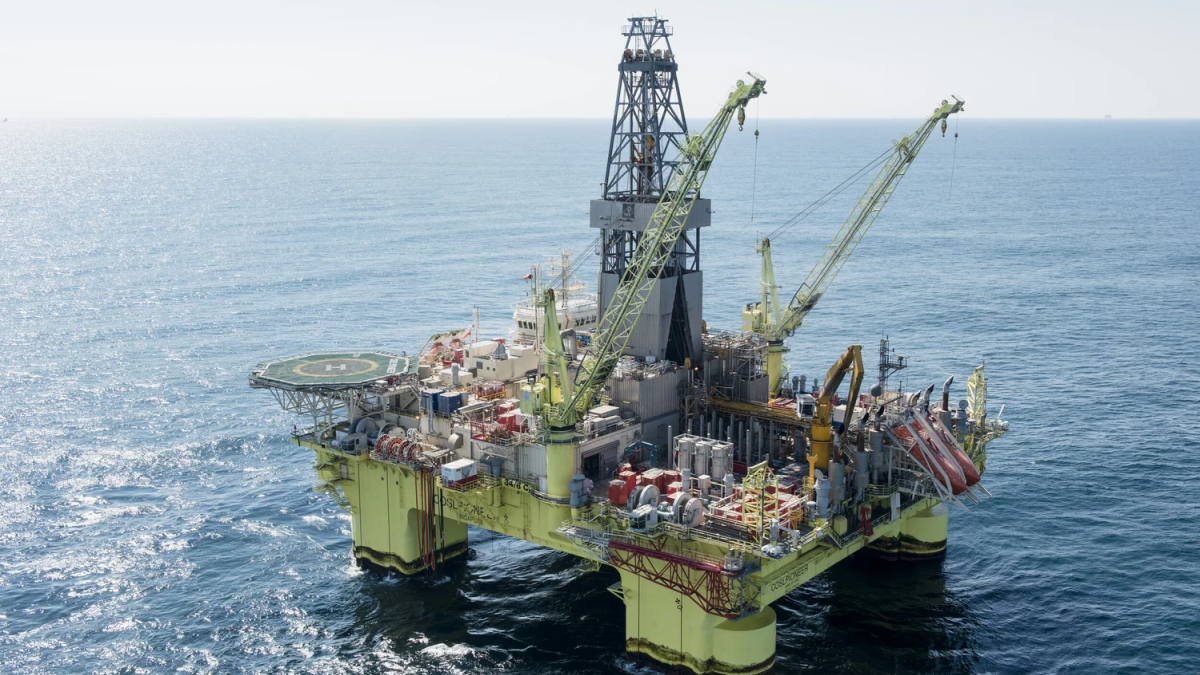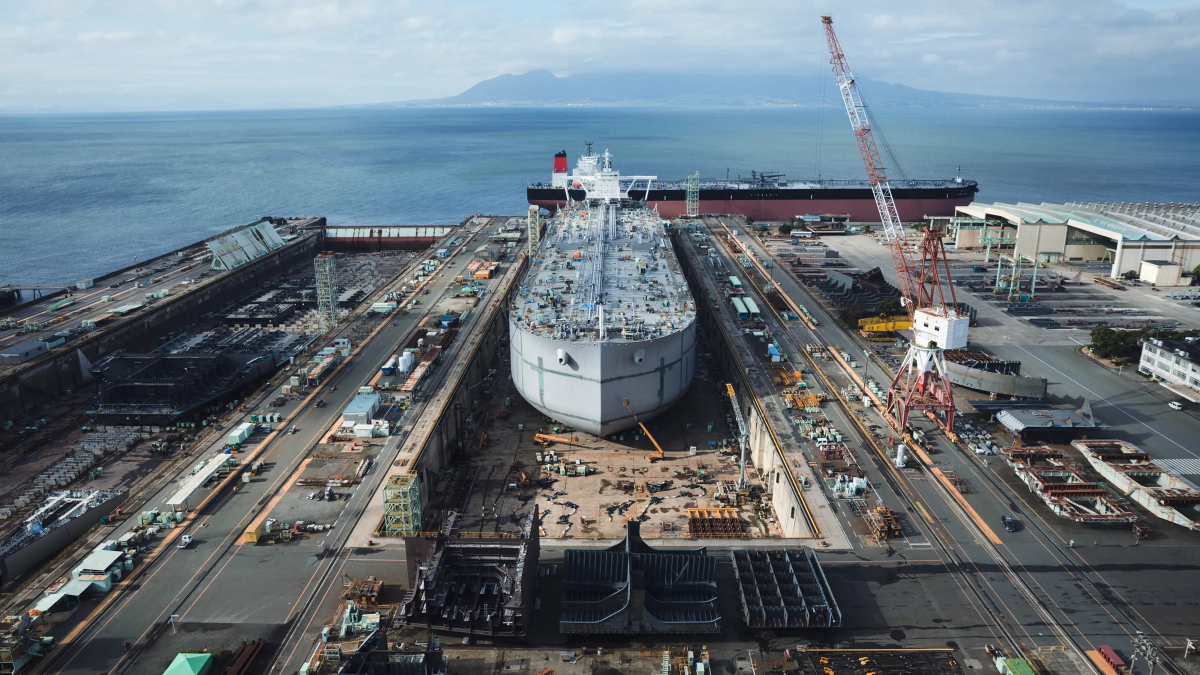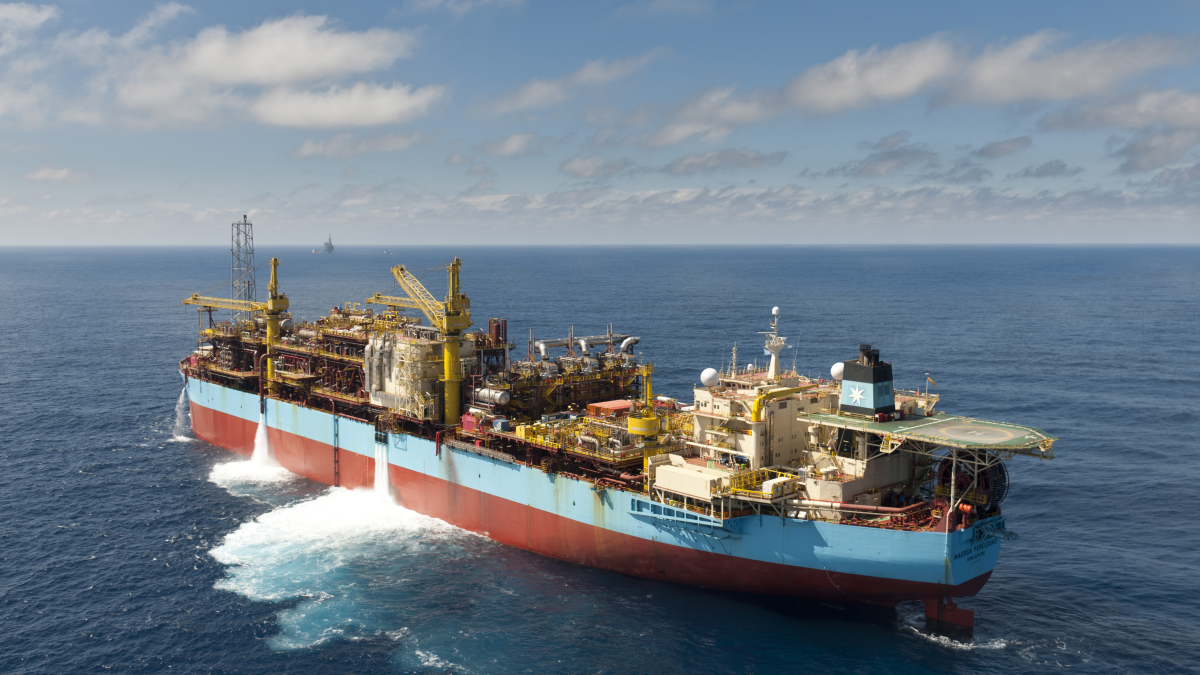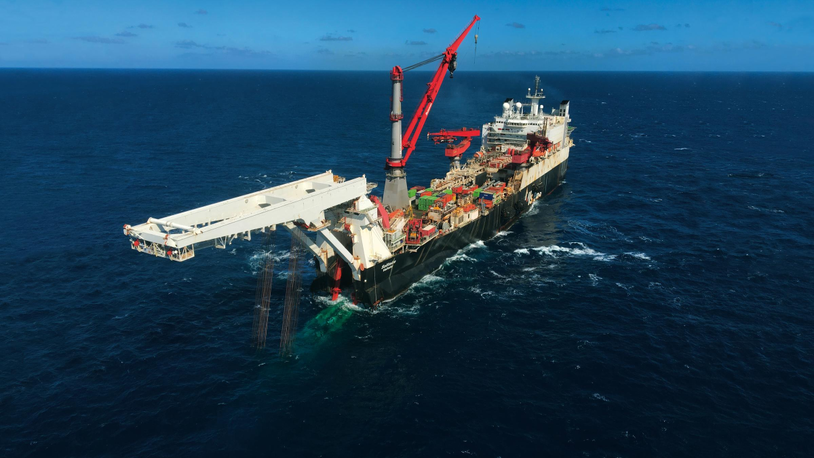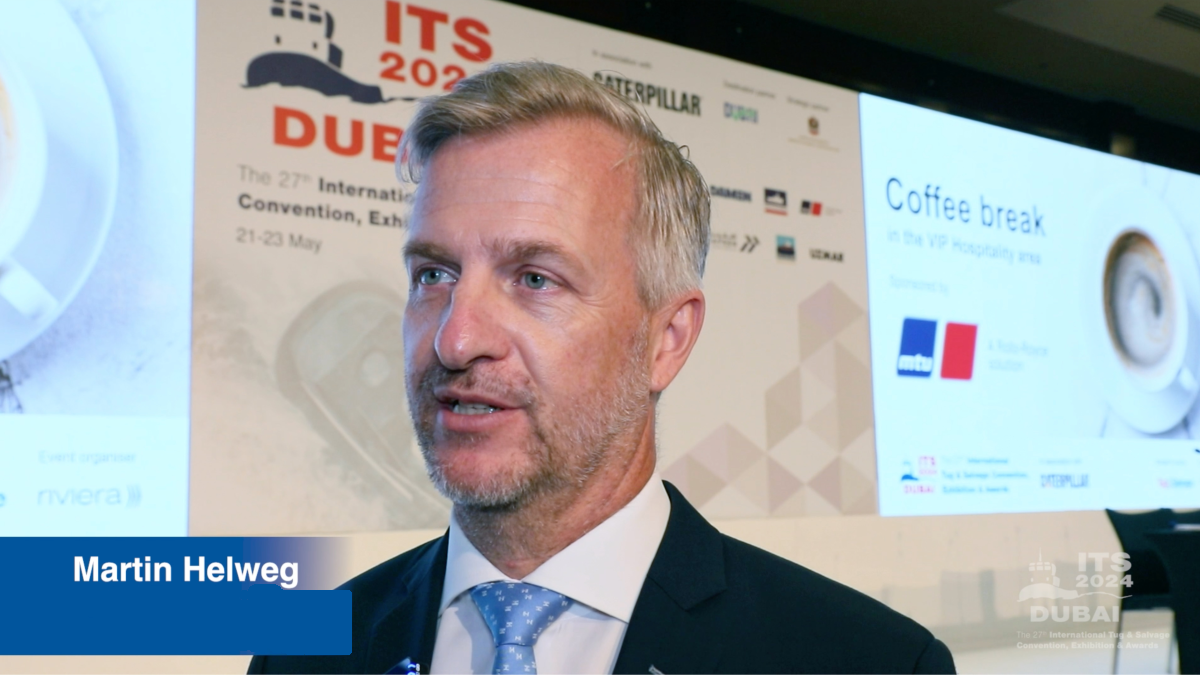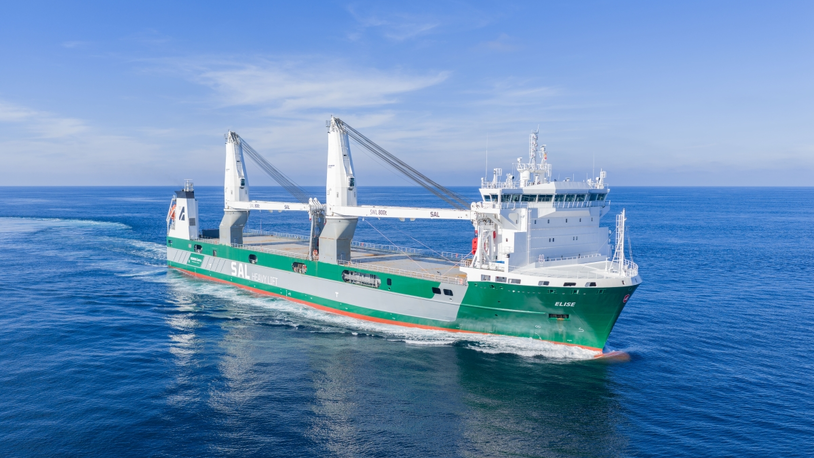Business Sectors
Contents
COSL upgrades communications on semi-submersible drilling rigs
A Norwegian subsidiary of a Chinese oilfield services company has upgraded satellite communications on four semi-submersible drilling rigs
Shanghai-listed China Oilfield Services Ltd’s (COSL) European drilling rig owner, COSL Drilling Europe, headquartered in Stavanger, Norway, has deployed SpaceX’s Starlink low Earth orbit (LEO) communications on four semi-submersible drilling rigs.
This adds to the very small aperture terminals (VSAT), the rigs currently use to communicate with geostationary orbiting satellites using Ku-band and C-band of radiocommunication frequencies, and hardware for Eutelsat OneWeb LEO services and Iridium Certus L-band LEO for safety and back-up.
Speedcast installed and integrated Starlink Global HTS on these harsh-environment, semi-submersible drilling rigs as part of its Sigma intelligent edge network, which serves as the foundation for COSL’s hybrid communications solution.
“Enabling remote operations depends on predictable, high-quality connectivity,” said COSL Drilling manager for IT and communications and operational technology, Torfinn Kalsto.
“Together with Speedcast, we have prioritised data integrity and application service quality so that traffic required to perform true remote operations receives the right priority.”
Sigma’s intelligent path selection, application steering, link prioritisation and load balancing connects these drilling rigs to COSL data centres, to support vessel-to-headquarters communications, remote operations and daily operational workflows.
“The addition of Starlink’s high-throughput [HTS] antennas offers gigabit speeds, significantly improves throughput and latency, enhances rig efficiency, and supports both operation users and crew welfare,” said Mr Kalsto.
COSL Drilling Europe operates 2010-built COSLPioneer, 2011-built COSLInnovator, 2012-built COSLPromoter and 2014-buit COSLProspector in northern Europe and offshore New Zealand. In September 2025, all four of these drilling rigs were operating in Norway.
Starlink’s Global HTS involves bonding multiple kits which use dedicated network resources and beam capacity over the LEO constellation down to the remote site’s cell.
According to Speedcast, this results in reduced packet loss, decreased latency and improved throughput by prioritising user demand and load balancing across satellites.
During live testing of four Starlink kits on HTS, Speedcast achieved peak rates of 1.6 Gbps downstream and 400 Mbps upstream, with individual kits achieving peaks of 400 Mbps down and 100 Mbps up.
Speedcast said upload speeds in this configuration consistently delivered with combined packet loss across multiple kits not exceeding 0.55%, even under sustained periods of network saturation.
Riviera’s Annual Offshore Support Journal Conference, Awards & Exhibition 2026 will be held in London on 3-4 February 2026. Use this link for more information and to register for the event.
Related to this Story
Events
International Bulk Shipping Conference 2025
Tankers 2030 Conference
Maritime Navigation Innovation Webinar Week
© 2024 Riviera Maritime Media Ltd.


